
Is natural gas renewable or non-renewable?
As we search for cleaner energy sources, natural gas has emerged as an alternative solution to fossil fuels. It is believed to produce about 50-60% less CO2 than coal.

As we search for cleaner energy sources, natural gas has emerged as an alternative solution to fossil fuels. It is believed to produce about 50-60% less CO2 than coal.
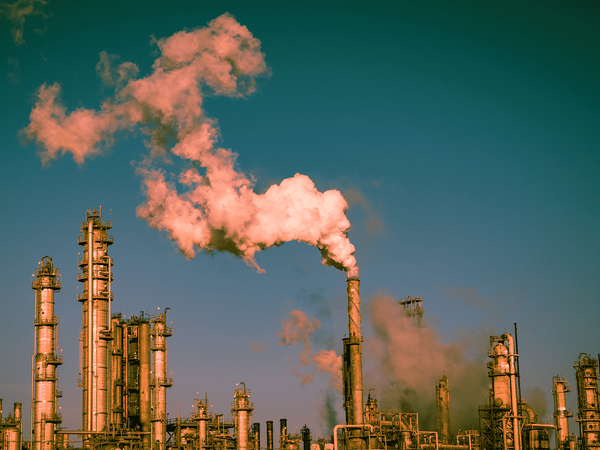
Energy Crisis
Many sustainable businesses are now monitoring direct emissions from their facilities. Yet, this only captures a small portion of the overall emissions. The huge lump comes from the sources of power, which contain a substantial amount of fossil fuels.
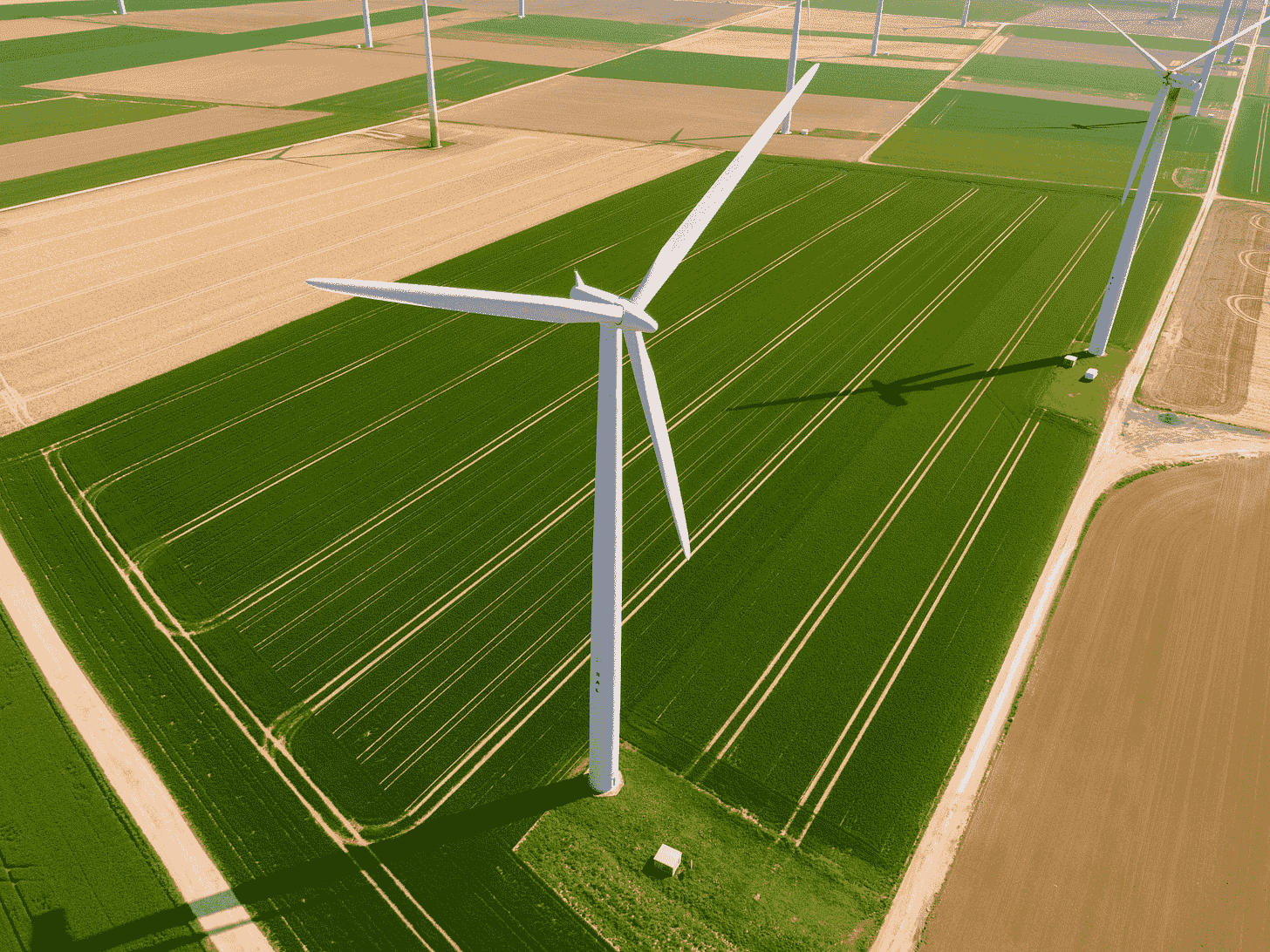
Renewable Energy
Wind and solar farms are expected to play a crucial role in tripling renewable energy capacity on a global scale by 2030. However, many countries are facing difficulty transitioning to clean energy at present, let alone meeting the net zero target.

Climate Risk & Economics
The UEFA Euro 2024 football tournament has been the talk of the town. A big tournament like this has an extra responsibility to showcase its commitment to green initiatives, but will the competition live up to its promise?
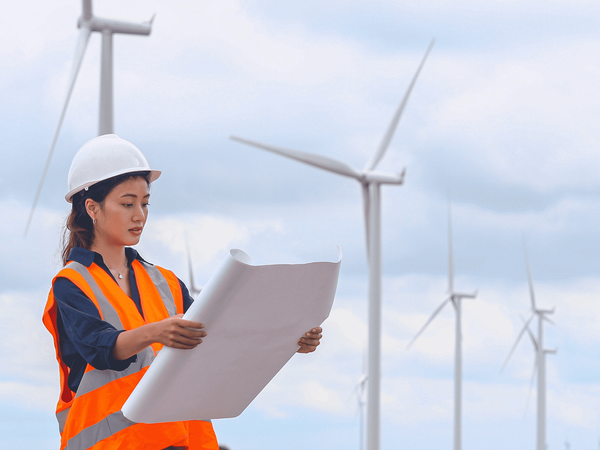
Climate Risk & Economics
During COP28, countries agreed to triple renewable energy capacity by 2030. As these goals transform into more concrete plans, investments in renewable energy are anticipated to rise substantially, providing an opportunity for companies to hire for major renewable energy jobs.

Climate Risk & Economics
Europe still hasn’t fully recovered from the horror of the floods that claimed more than 200 lives across Germany, Belgium, and the Netherlands in 2021. Again, in the last few weeks, floods have hit parts of Germany and Italy, but the effects of El Niño may not be the only culprit.
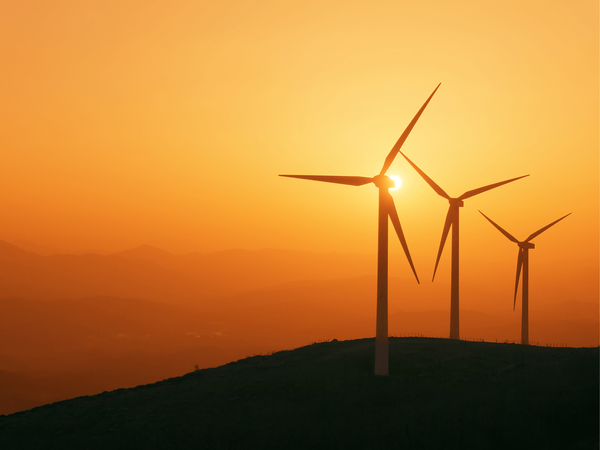
Climate Risk & Economics
As the global economy continues to expand, there's a growing demand for an increased reliance on renewable sources. However, hot summers make popular renewables such as wind energy less efficient, which is a huge disadvantage.
Climate change and data visualization

In 2022, the supply chain disruptions caused by Ukraine’s invasion increased coal production around the world by 8.2%. Over 70% of the coal mining happened in Asia, with China and India leading the production.
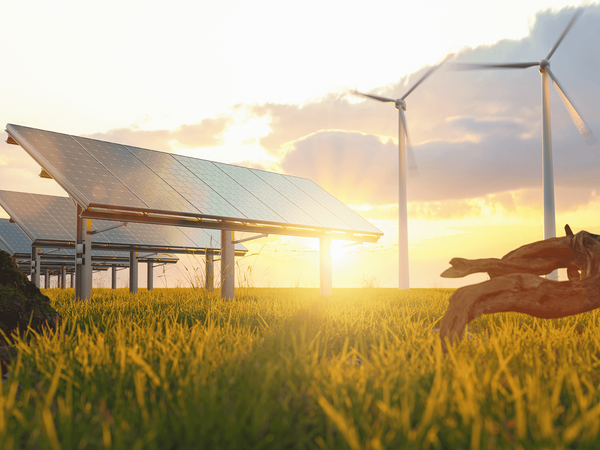
In 2022, Germany announced a series of initiatives to transform the focus of the energy landscape into renewable energy. Their highly ambitious goals included achieving an 80% share of renewable sources in electricity generation by 2030 and 100% by 2035.

The digitalization of modern life and innovative technologies has completely transformed the way people shop. However, this significant increase in e-commerce logistics also comes with some hidden environmental costs.
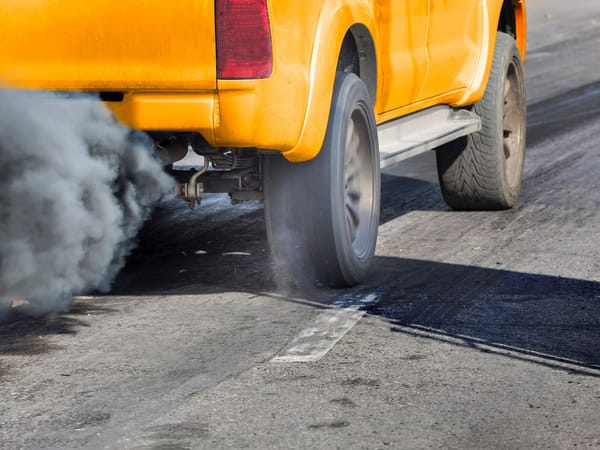
When boilers operate at high temperatures, oxygen interacts with nitrogen from the air and the fuel used, resulting in the formation of nitric oxide (NO) and nitrogen dioxide (NO2), collectively known as nitrogen oxides (NOx).

A recent Deloitte study believes that about 90% of Gen Zs and millennials actively seek to reduce their environmental footprint, yet only 18% believe their employers have a strong commitment to addressing climate change.
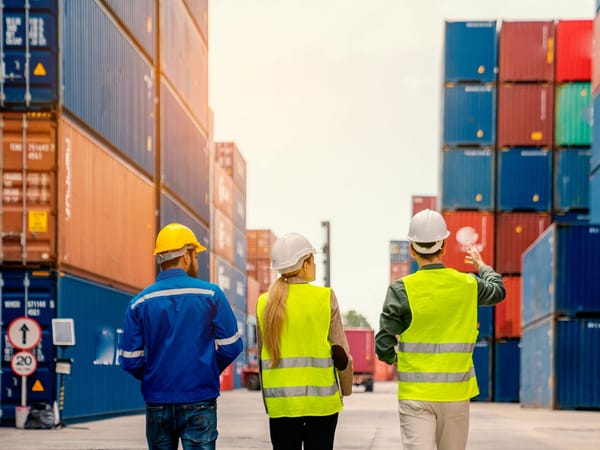
Even though there's a critical need to cut carbon emissions, the integration of decarbonization into a supply chain strategy is still limited. Industries face an ongoing challenge in balancing supply and demand, calling for immediate attention.
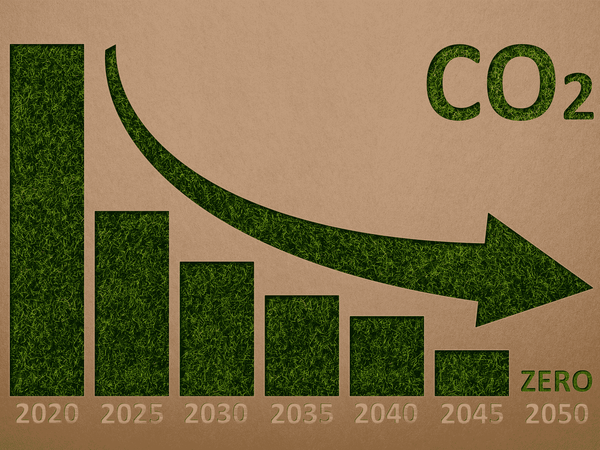
Achieving net zero emissions by 2050 will require businesses to decarbonize and spend approximately USD 275 trillion on physical assets over the next three decades. This amounts to around 7.5% of global GDP annually for the same period.
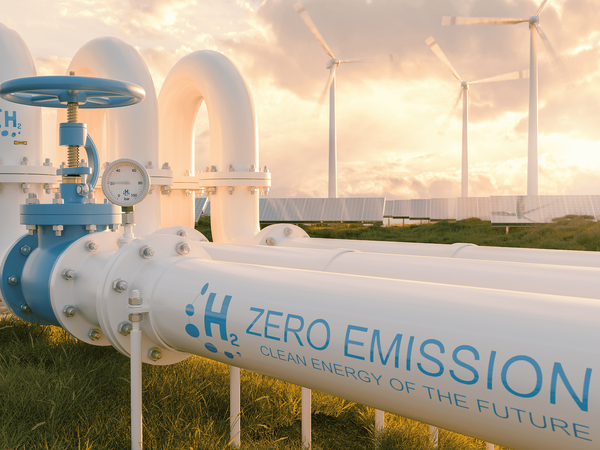
Due to the climate crisis, reducing reliance on fossil fuels has become one of the top priorities for many companies. One promising solution is green hydrogen, produced using renewable energy, which holds potential as a versatile fuel and energy source.
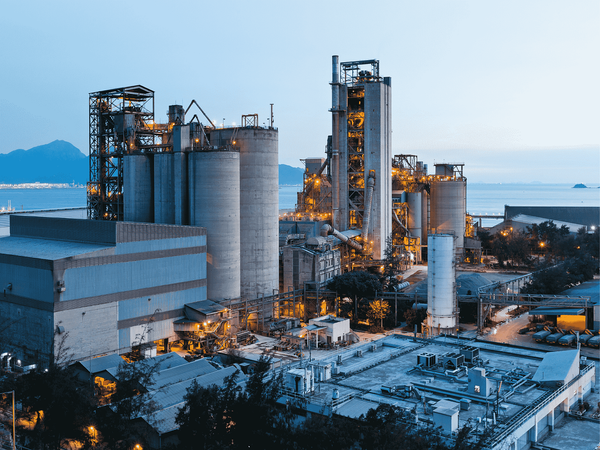
Heavy industry materials, such as chemicals, steel, and cement, have a huge influence on our daily use of vehicles, buildings, and medical supplies. However, achieving carbon neutrality in its processes presents a massive challenge due to the substantial energy and heat requirements.

The global temperature has surpassed 1.5°C throughout the entire year for the first time. This represents that businesses are struggling to uphold their strategies against sustainability challenges and face increased responsibilities to mitigate long-term impacts.

Electric vehicles (EVs) have gained enormous attention in the last decades due to their environmentally friendly features. However, the charging infrastructure has not kept pace to complement the growing demand, leaving ample room for companies to explore cars with wireless charging options.
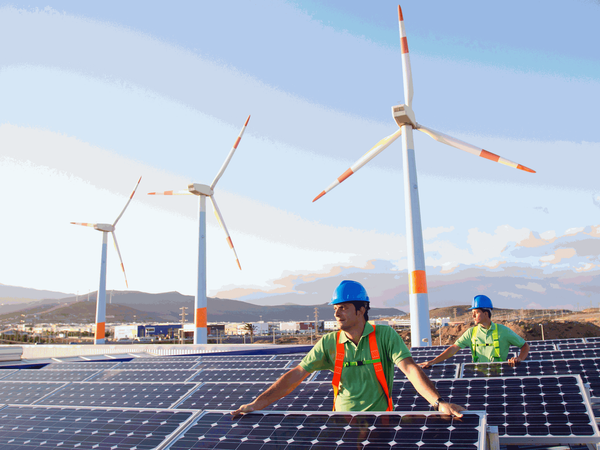
G20 nations, currently with 90% of the world's renewable capacity can triple it by 2030 through swift policy implementation. However, it is crucial as well for other nations, especially those in the developing world, to boost their renewable energy investments to fulfill its growing demand.